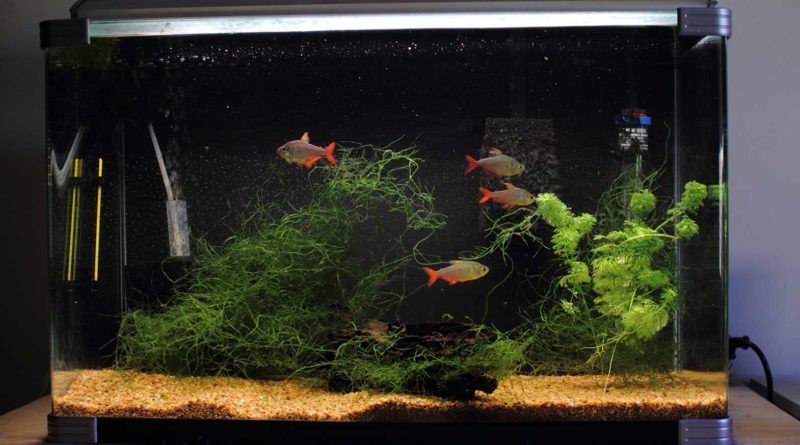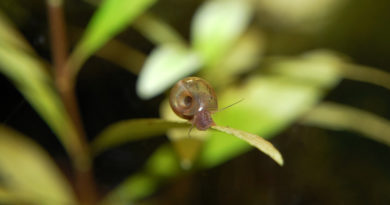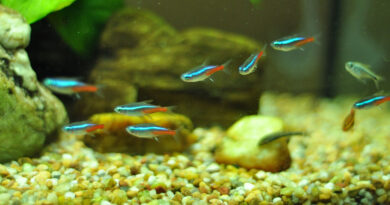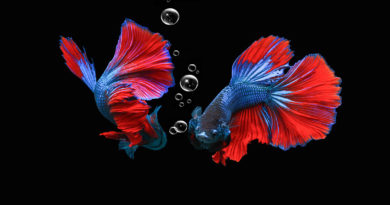From Novice to Pro: A Freshwater Aquarium Beginner Guide
Introduction
The freshwater aquarium beginner guide is a comprehensive resource designed to help new enthusiasts dive into the enchanting world of aquatic ecosystems.
In this in-depth review, we will explore the guide’s essential topics and provide an active voice narrative with a positive bias, ensuring you embark on your aquatic journey with confidence and excitement.
This freshwater aquarium beginner guide is well structured to provide solutions for aquarium beginner’s problems. The article is structured and points out most of the basic points you should know before you set up your freshwater aquarium.
I propose you to read this article until the end. This will be a great guide for starting a tropical aquarium setup for beginners.
Benefits of Freshwater Aquariums
Freshwater aquariums offer a multitude of benefits that extend beyond their visual appeal. From promoting relaxation to serving as educational tools, these captivating aquatic environments provide endless fascination and joy.
By actively engaging with your freshwater aquarium, you can reduce stress, gain a deeper connection with nature, and cultivate a sense of tranquility.
Basically, as a person who is in this hobby for a long time, I can point out below a multitude of benefits that extend far beyond their visual appeal in this freshwater aquarium beginner guide.
There are a lot of benefits can identify having a freshwater aquarium. From all of those freshwater aquarium benefits, I have listed a few standout benefits below.
Stress Reduction and Relaxation
The mesmerizing beauty of a freshwater aquarium has a calming effect on the mind. The gentle movement of fish, the play of light on the water, and the swaying of plants create a tranquil atmosphere that helps reduce stress and anxiety.
Observing the underwater world can provide a soothing and meditative experience, offering a much-needed respite from the demands of everyday life.
Watching the gentle movements of fish swimming in an aquarium has a soothing effect on the mind and body. This calming effect provides a visual escape from the hectic pace of everyday life. So a well-maintained freshwater aquarium will be a medicine for your stressful life.
Having Therapeutic Benefits
The presence of an aquarium has been shown to have therapeutic benefits, both physically and mentally. Watching fish swim can lower blood pressure and heart rate, providing a calming effect on the body.
For individuals dealing with conditions such as anxiety, depression, or ADHD, the presence of an aquarium can contribute to improved focus, enhanced mood, and increased relaxation.
The vibrant colors of fish, the beauty of live plants, and active fish behaviors will help you to have a positive impact on mood and emotional well-being.
Also, having an aquarium will enhance your health as well. Aquariums have been shown to have physiological benefits, including the reduction of blood pressure and heart rate.
Connection with Nature
Freshwater aquariums provide a unique opportunity to connect with the natural world. As you observe the behavior and interactions of your fish, you gain a deeper understanding and appreciation for the wonders of aquatic life.
This connection with nature can foster a sense of wonder, curiosity, and a desire to learn more about the ecosystems that exist beyond our everyday surroundings.
freshwater aquariums facilitate a connection with nature by simulating aquatic ecosystems, promoting environmental awareness, and fostering a sense of serenity and harmony.
Low maintenance and cost-effective
Freshwater aquariums are generally easier to maintain and also less expensive. This is a plus point for those who are trying to setup a budget freshwater aquarium.
The cost of freshwater fish and plants is usually lower than their marine counterparts, making it a more budget-friendly option.
Setting up and maintaining a freshwater aquarium typically involves lower equipment costs compared to marine aquariums. Aquarium equipment such as filters, lights, and heaters are less expensive for freshwater setups.
In addition, freshwater fish tanks don’t require the use of additional high-tech equipment like protein skimmers or high-powered lighting systems, which can be costly for you.
Getting Started Your First Freshwater Aquarium
This section covers the fundamental steps necessary to begin your freshwater aquarium journey. It starts with selecting the right tank size and shape that suits your preferences and available space.
We then move on to setting up essential equipment such as filters, heaters, and lighting systems, ensuring a conducive environment for your aquatic inhabitants.
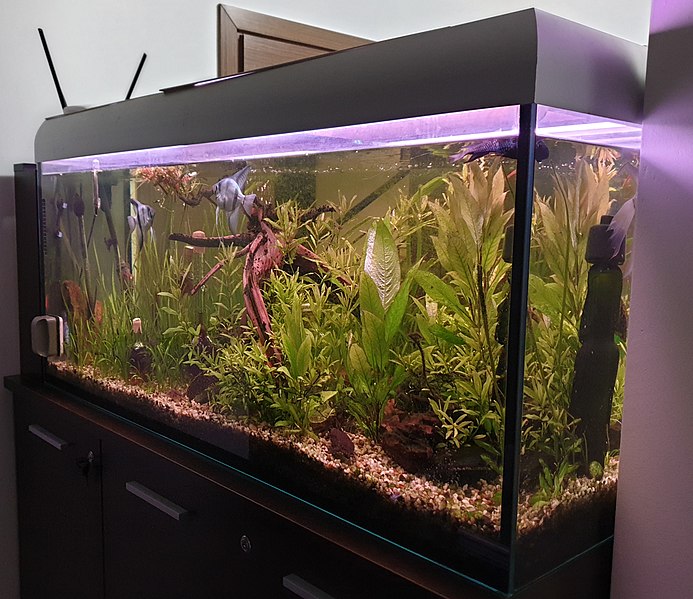
The importance of water conditioning and cycling is discussed in detail, highlighting the need for beneficial bacteria to establish a healthy ecosystem. Additionally, we explore the creative aspects of choosing substrate and decorations to create an aesthetically pleasing and natural-looking habitat.
Since this article is written for you as a freshwater aquarium beginner guide, let’s dive into talk about each section in more detail.
Selecting the Right Tank
Choosing the appropriate tank size and shape is crucial for the well-being of your fish and plants. Consider the available space in your home or office, as well as the types and number of fish you intend to keep. A larger tank generally provides more stability and a greater capacity to accommodate a diverse aquatic community.
Setting Up Equipment
To create a healthy and thriving freshwater aquarium, you’ll need to invest in essential equipment. This includes a filtration system, a heater to maintain the appropriate temperature, a lighting system to support plant growth and an air pump for aeration.
Research and choose equipment that is suitable for the size of your tank and the specific needs of your aquatic inhabitants.
Water Conditioning and Cycling
Before adding fish to your aquarium, it’s crucial to condition the water and establish the nitrogen cycle. Treat tap water with a water conditioner to remove chlorine, chloramines, and heavy metals that may be harmful to fish.
Cycling the aquarium involves the growth of beneficial bacteria that convert toxic ammonia into less harmful substances. This process typically takes a few weeks, during which you should monitor water parameters closely.
Choosing Substrate and Decorations
Selecting suitable substrate and decorations is not only aesthetically pleasing but also provides a functional environment for your aquarium. Gravel or sand substrates are commonly used, and you can choose from a variety of colors and sizes.
Decorations such as rocks, driftwood, and live plants not only enhance the visual appeal but also provide hiding places and natural habitats for fish.
Maintaining Your Freshwater Aquarium
Maintaining water quality is vital for the well-being of your aquatic ecosystem. This freshwater aquarium beginner guide will guide you through water quality management techniques, including regular testing, proper filtration methods, and maintaining an optimal balance of nutrients.
We discuss the importance of aeration for oxygenation and highlight the significance of lighting and temperature control for a healthy aquatic environment. Furthermore, we delve into the realm of proper feeding and nutrition, emphasizing the importance of a balanced diet to keep your fish vibrant and energetic.
As a beginner, maintaining your freshwater aquarium might be a challenging task. I am trying my best to give you a better outline of this section through this freshwater aquarium beginner guide. Let’s talk about each point in more detail.
Water Quality Management
Maintaining optimal water quality is crucial for the well-being of your fish and plants. Regular testing of water parameters such as ammonia, nitrite, nitrate, pH, and temperature is necessary to monitor the overall health of the aquarium.
Test kits are readily available and provide accurate measurements. Depending on the results, you may need to perform partial water changes to keep the levels within the appropriate range.
Filtration and Aeration
A reliable filtration system is vital for maintaining a healthy aquarium ecosystem. It helps remove debris, waste, and excess nutrients, ensuring clean and oxygenated water.
Choose a filter that suits the size of your tank and consider the specific needs of your aquatic inhabitants. Regular maintenance of the filter, such as cleaning or replacing filter media, is necessary to maintain its efficiency.
Lighting and Temperature Control
Lighting plays a crucial role in supporting the growth of live plants in your freshwater aquarium. Choose the appropriate lighting system that provides the right spectrum and intensity for the plants’ needs. Additionally, maintaining a stable water temperature is vital for the well-being of your fish. Use a heater to keep the water temperature within the appropriate range for the species you are keeping.
Feeding and Nutrition
Proper nutrition is essential for the health and vitality of your fish. Research the specific dietary requirements of the fish species in your aquarium and provide a balanced and varied diet. Overfeeding can lead to water quality issues, so ensure you feed your fish the appropriate amount and remove any uneaten food promptly.
Maintenance and Cleaning
Perform regular maintenance tasks to keep your aquarium in top condition. This includes cleaning the glass to remove algae buildup, vacuuming the substrate to remove debris, and trimming or pruning live plants as needed. Regular water changes, typically around 10-20% of the total volume, help maintain water quality and remove accumulated toxins.
Monitoring
Keep a close eye on your aquarium’s inhabitants, observing their behavior and appearance regularly. Look for any signs of stress, disease, or abnormal behavior. Early detection of potential issues allows for timely intervention, minimizing the impact on the overall health of your aquarium.
Introducing Fish to Your Aquarium
Finally, you reach the most fun part of this freshwater aquarium beginner guide article. I know you must be very excited to introduce fish to your newly created freshwater aquarium. Then let’s dive in.
Adding fish to your freshwater aquarium is an exciting step in creating a vibrant aquatic community. This section focuses on researching compatible fish species to ensure a harmonious environment.
We delve into the acclimation process, explaining the steps to safely introduce new fish to the aquarium, minimizing stress and potential health issues. Also, it’s better to add some beginner aquarium fish for the first time.
Ongoing monitoring and healthcare practices are discussed, emphasizing the significance of observing fish behavior and proactively addressing any signs of distress or disease.
In this freshwater aquarium beginner guide, I have added these key considerations and steps involved in the process of introducing new freshwater fish to your aquarium.
Compatibility of the fish species
Introducing new fish can disrupt the existing hierarchy in the aquarium. Aggression and territorial disputes may occur as fish establish new territories and pecking orders. Providing ample hiding places, plants, and decorations can help alleviate aggression and provide areas for fish to retreat.
Keep a close eye on the interactions between fish during the initial days and be prepared to make necessary adjustments if aggression becomes a significant concern.
Do some research before introducing a fish
Before adding new fish to your aquarium, it’s essential to research and select species compatible with your existing fish and the overall environment of your tank.
Consider factors such as water temperature, pH level, aggressiveness, and territorial behavior. Compatibility charts or consulting with knowledgeable aquarium experts can guide you in making informed choices.
Stress management of your fish
To minimize stress and help the new fish adjust to their new environment, proper acclimation is crucial. Begin by floating the fish in a bag or container on the surface of the aquarium water for about 15-20 minutes.
This is kind of an easy trick and this will equalise the temperature in the bag to match with temperature of the aquarium. Afterward, open the bag and add small amounts of aquarium water to it at regular intervals to help the fish adjust to the water chemistry. Finally, gently release the fish into the aquarium.
Monitoring and Health Care of the Fish
After introducing the new fish, closely observe their behavior and appearance. Monitor them for any signs of stress, disease, or aggression. Quarantining new fish in a separate tank for a couple of weeks is recommended to ensure they are healthy and free from any contagious diseases that may affect your existing fish.
Regular monitoring and maintaining proper water conditions and nutrition help promote the overall health and well-being of all fish in the aquarium.
As a beginner, you should remember that every fish has its unique temperament and compatibility requirements. By conducting thorough research, acclimating new fish properly, monitoring their health, and maintaining a harmonious environment, you can ensure a successful introduction of new fish to your freshwater aquarium.
By following these guidelines and taking a cautious approach, you can minimize stress, ensure compatibility, and create a harmonious environment for your freshwater aquarium inhabitants.
Remember, each fish has its own unique requirements, so it’s important to research and provide the best possible care for your aquatic pets.
Adding Plants and Decorations to the Aquarium
This is an additional step for setting up a freshwater aquarium. However, If you are also thinking to add some plants to your aquariums the section in my freshwater aquarium beginner guide will help to get a clear idea about it.
Incorporating live plants into your freshwater aquarium brings natural beauty and creates an authentic underwater environment.
When considering adding plants to your aquarium, there are two main varieties of plants you can choose from. You can either add live plants, or you can also add some artificial plants into your first freshwater aquarium.
When considering live aquarium plants, it is better to look for some beginner-friendly live plants for your live plant’s aquarium.
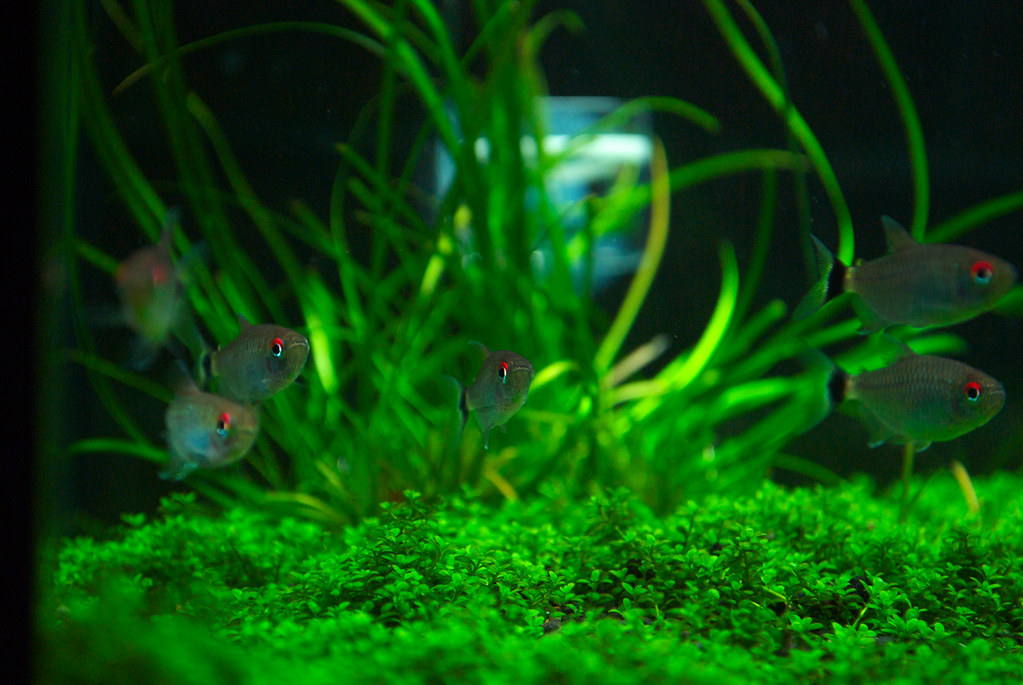
Live plants enhance the aesthetic appeal of the tank, making it visually captivating for both you and your fish. They add vibrant colors and lush greenery, creating a more visually appealing and natural underwater landscape.
When selecting plants, consider their specific requirements and compatibility with your aquarium setup. Popular options for freshwater aquariums include Java Fern, “Anubias”, “Amazon Sword”, “Cryptocoryne”, and “Vallisneria”.
Each plant has different growth patterns, lighting needs, and nutrient requirements. Choose plants that align with your aquarium’s lighting capabilities, substrate, and the preferences of your fish.
In addition, to live plants, decorations such as rocks, driftwood, and ornaments can enhance the visual appeal of your aquarium. These decorative elements add interest and depth to the tank while providing additional hiding places and territories for fish.
Choose aquarium-safe decorations that won’t leach harmful substances into the water, and ensure they are properly cleaned before adding them to the tank. The combination of plants and decorations adds beauty and functional benefits to your tank, contributing to the overall health and well-being of your fish.
Conclusion
Bingo!!! you have reached the end of your freshwater aquarium beginner guide. I hope, now you have a more precise idea and solid knowledge about the question, of how to set up a freshwater aquarium.
Before we conclude our freshwater aquarium beginner guide, I think this article has covered all the required basic points in detail to give solid knowledge for any beginner who were look for guidance to start their freshwater aquarium from scratch.
I appreciate your research. And I hope you received comprehensive insights into the benefits of freshwater aquariums, essential steps for getting started, maintaining a thriving ecosystem, and introducing fish by reading my freshwater aquarium beginner guide.
You can share your thought using the below comment box. Your ideas are always welcome. If you find this useful, don’t hesitate to share this with your friends.

